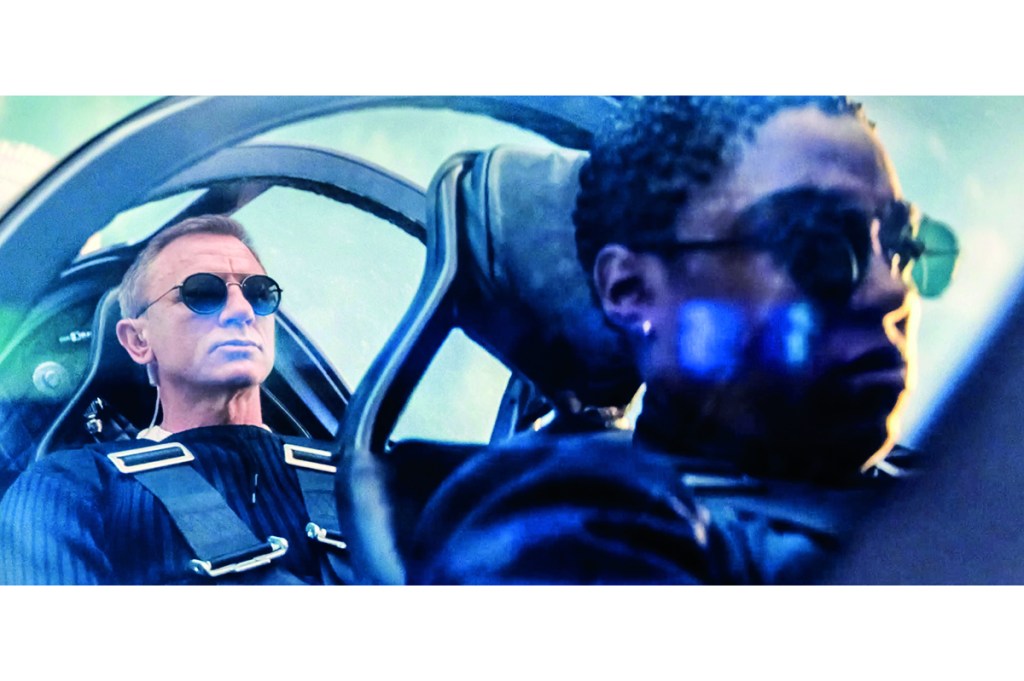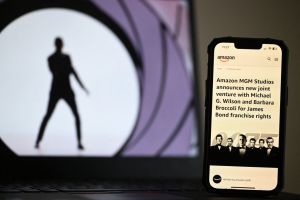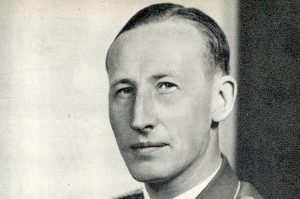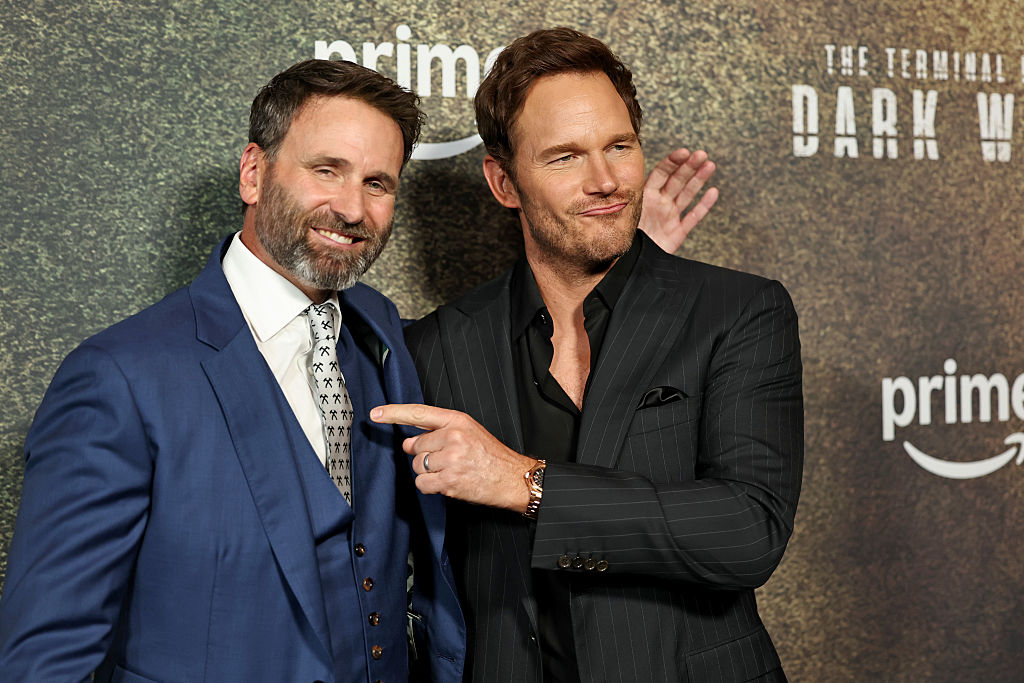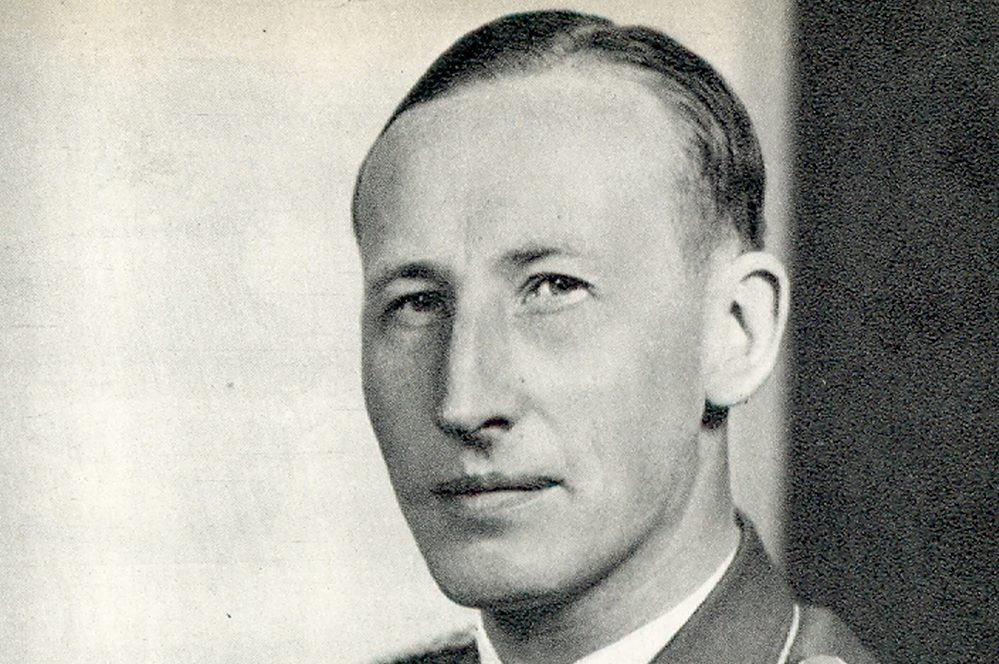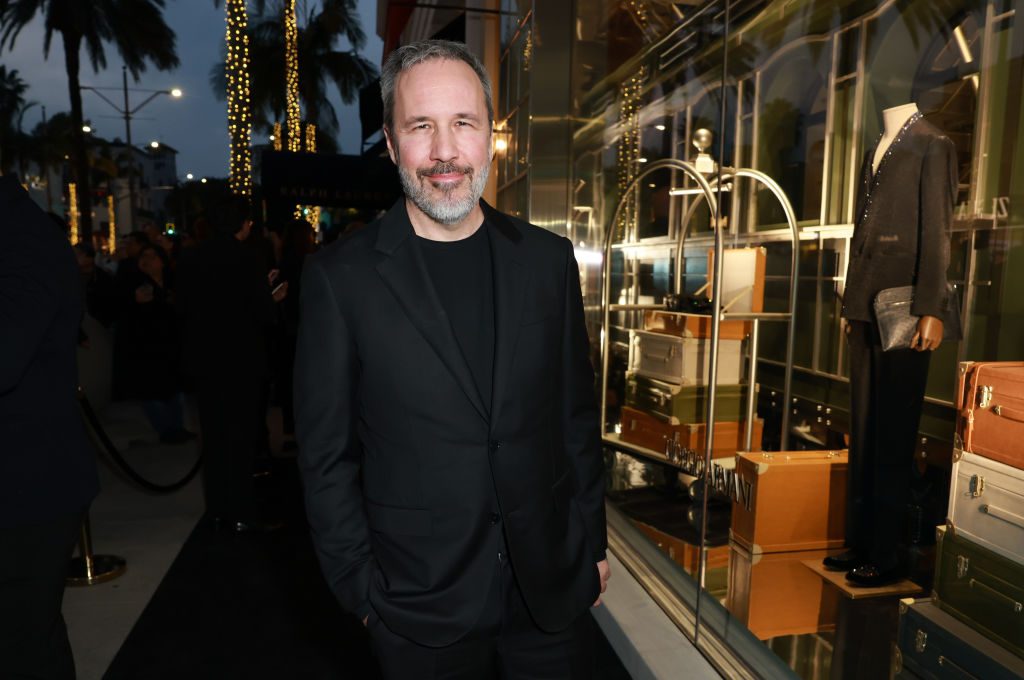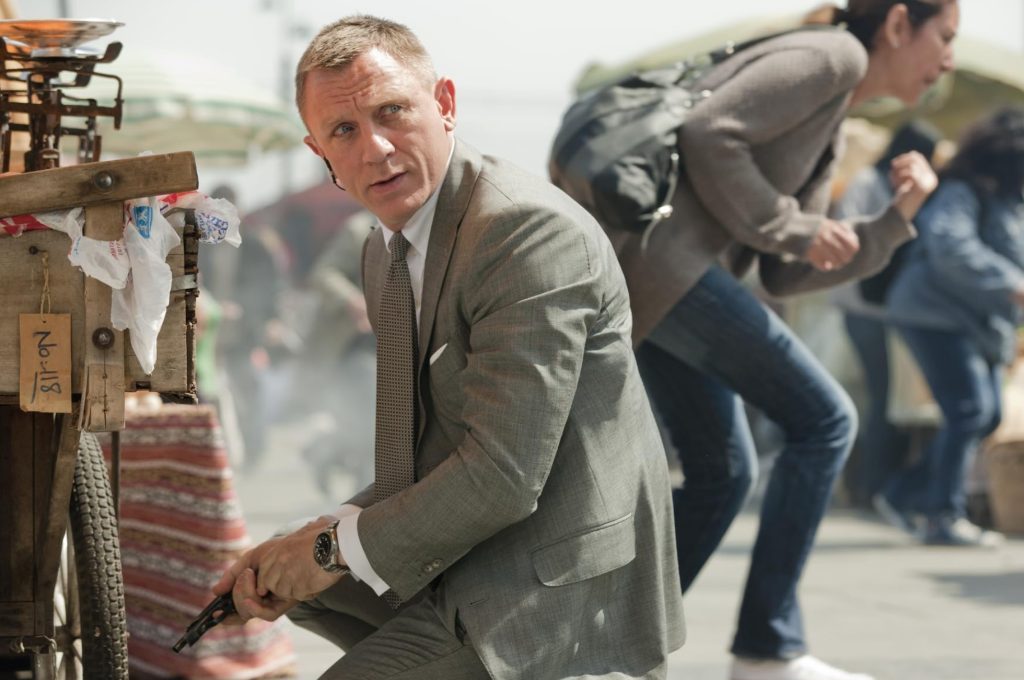No Time to Die is Daniel Craig’s last mission as James Bond. Clocking in at well over 180 minutes, it might more accurately be called No Time to Pee. The epic length and general air of slothful despair derive from the picture’s tortured development. Mess and confusion are the inevitable product of two directors, platoons of writers, a tangled residue of multiple plotlines and the star’s blatant misery at being once again vacuum-packed into a tuxedo one size too small. ‘We did our best,’ Daniel Craig has said repeatedly in promotional interviews. M wouldn’t accept that, so why should we?
Bond begins No Time to Die with plenty of time to die. He has retired with his heart broken and the rest of him in little better shape. 007 hasn’t been low since his wife was shot at the end of On Her Majesty’s Secret Service. Inevitably our wheezing bulldog is dragged back for another walk in the park. Director Cary Joji Fukunaga cranks out the usual unusual of opulence, treachery and gadgetry. Dr Johnson, who would have despised Bond, called this stuff ‘the irregular combinations of fanciful invention’. The old dog’s tail barely flicks upward in response.
We have spent six decades with Bond now; the first novel appeared in 1953, the year of Elizabeth II’s coronation. She is now 95, the age of Sean Connery when he made Never Say Never Again in 1983, and the irregular is now as regular as a cup of coffee. This time the ravishing cock-idolators — ‘women’ not ‘girls’ according to the press — are Léa Seydoux and Ana de Armas, one of whom must die after sleeping with Bond. The messiah-complex villains who’ve been waiting for him are everyone’s favorite Nazi, Christoph Waltz, and the notorious Freddie Mercury impersonator Rami Malek, this time wearing his own teeth.
Inspired by Time’s Up, #MeToo and whatever else was trending on Twitter that day, the directors and producers have promised to improve Bond’s conduct. It is fair to say that Bond, a globetrotting boozer and gold-medal cocksman aroused equally by gunplay and badinage, is slightly behind the curve of contemporary manners. Bond would argue that he always was progressive: he seduced women and killed men regardless of class, race or creed, and the torture scenes in Casino Royale and Skyfall exposed a homosexual subtext. There is no arguing with a man who, charged with identifying the Man with the Golden Gun, identifies him not by his golden gun, but by his third nipple.
Bond’s fundamental incorrectness, traditionally a virtue, is now, as M probably says, problematic. ‘Keeping the British end up’, as Roger Moore drawled in The Spy Who Loved Me, now has more to do with trade negotiations than pillow talk (unless you’re Boris Johnson). Like Britain after Brexit, Bond confronts potentially alarming transformations.Will we see Bond pleading for forgiveness from Christmas Jones, Honey Ryder and Pussy Galore? Bond joining a drum circle with Greta Thunberg? Bond handing in his Walther PPK and poison-dart ink pen in solidarity with David Hogg. He could begin by introducing himself properly: ‘The name’s Bond, James Bond, and my preferred pronouns are he/him.’
No Time to Die does not give us a woke Bond. It gives us something even more painful to watch: the old Bond in a newly woke world. Returning to London, Bond confronts a threat more dangerous than a villain bent on searing off his genitals with a laser: a competent woman doing the same double-oh job. The passing of heroic masculinity is that much more exhausting when it’s eclipsed by heroic femininity. ‘The world’s moved on, Commander Bond,’ says Nomi, his replacement at MI6. She is, according to the Guardian, the ‘first female 007’ – rather than the first female James Bond, which really would have been pushing it. Nomi (Lashana Lynch) makes Bond look obsolete, a steam engine passed by a bullet train. And while Craig’s suavity is tired and his one-liners flaccid, Lynch’s, written by Fleabag’s Phoebe Waller-Bridge, are bespoke emasculators. This Bond isn’t progressive, he’s positively Spenglerian.
‘If I did another Bond movie, it would only be for the money,’ Craig moaned after Spectre (2015) in a moment of fatal candor.
Bond, like his creator and like most spies, is the archetypal lucky hack. Ian Fleming, who’d had a ‘good war’ in naval intelligence, turned to writing when boozing, spanking and lamb cutlets no longer did the trick. Bond’s drunken errors and manly rituals, his failures of judgment and perspective, his sloppy lust, are Fleming’s idea of dissolute glamour. Audiences love the trimmings: the clothes and cars, the expense-account locations. On cable news, former spooks like John Brennan and Andrew McCabe trade on this glamour and on Bond and Jason Bourne’s reputations for steel-plate solidity and calm competence. But the real spies and their institutions are as rackety as Ian Fleming was and Christopher Steele is.
‘For a while you wondered whether the fools were pretending to be fools as some kind of deception, or whether there was a real efficient service somewhere else,’ John Le Carré wrote of his time in the secret world. ‘But alas, the reality was the mediocrity.’ The truth is, the spooks don’t have a clue what they’re doing. No Time to Die might not be the last Bond film, but it’s the first honest Bond film.
This article was originally published in The Spectator’s November 2021 World edition.



